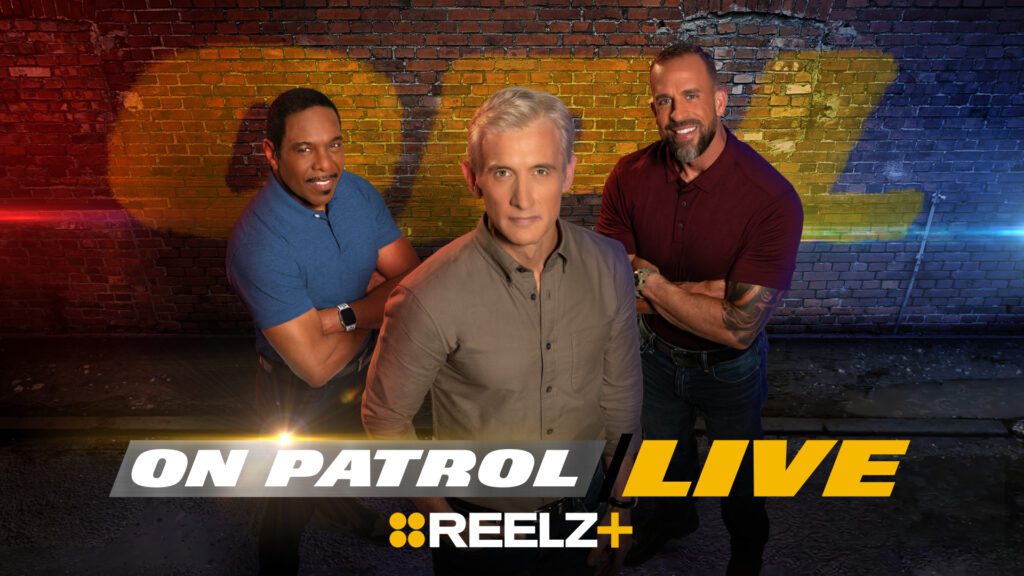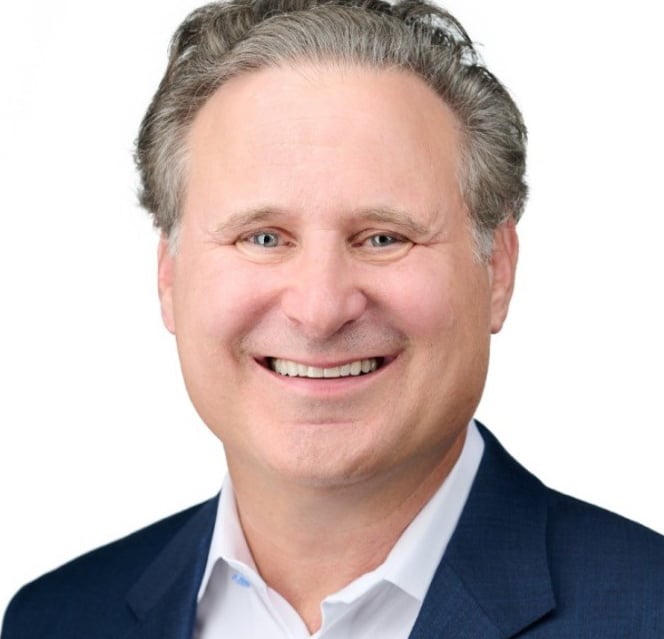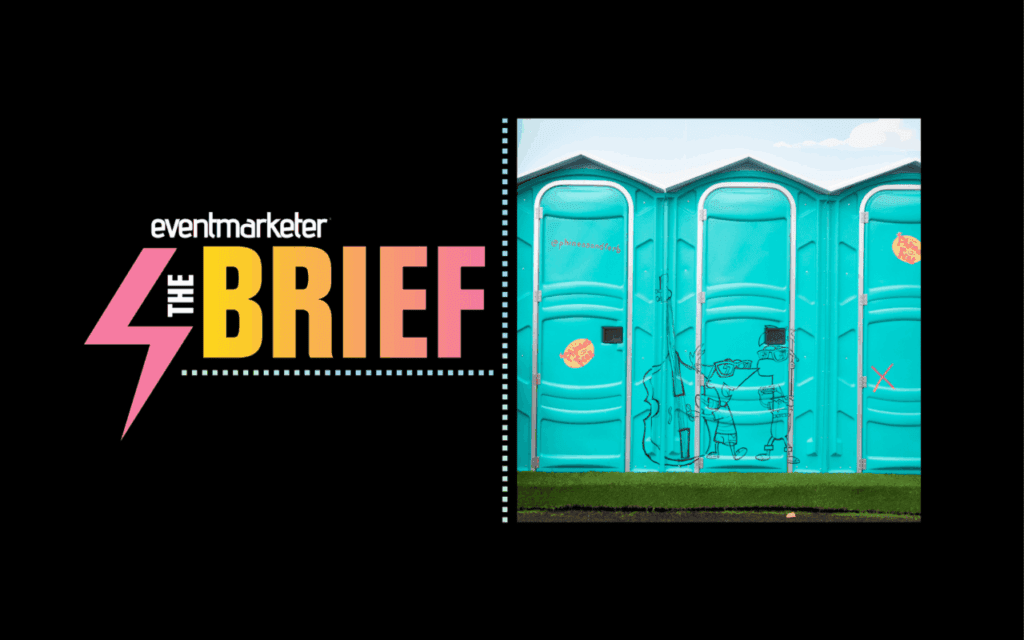The man—and the team—largely credited with not only maintaining Patrón Tequila’s huge market share but growing it has been tasked with a new challenge, bringing back swagger and market share to another well-known, luxury brand, Bacardi’s Grey Goose.
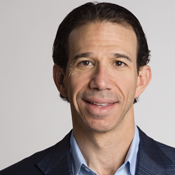
Lee Applbaum, the global chief marketing officer of Patrón Spirits, has added Grey Goose to his repertoire, and now heads up global marketing for the vodka brand. The promotion comes after Bacardi Global Brands Limited, the largest privately held spirits company in the world, acquired Patrón for a cool $5.1 billion earlier this year. Bacardi has long had an interest in Patron, owning 30 percent of the company for the better part of a decade.
The task to re-energize Goose is daunting, but Applbaum, who led Patrón Tequila for close to five years, brings with him the successful Patrón playbook.
Applbaum reports to Bacardi Limited CEO Mahesh Madhavan and will be based in Bermuda, but also travel to the Patrón headquarters in Dallas, as well as Bacardi offices in Coral Gables and London, among other locations.
He talked with Chief Marketer about the new role, the looming challenges and his strategy for Grey Goose.
CHIEF MARKETER: What is your take on why Bacardi Ltd is a good fit for Patrón?
LEE APPPLBAUM: They understood how we operated as a brand because they had a seat on the board. They understood that the company is really important and made a commitment to not change some fundamentals of what makes our brand and product so unique and special. It is also very important that as a privately owned, family owned company Bacardi operated with a rich background in history.
CM: How has your new role changed your job responsibilities?
LA: For all the progress the team has made with Patrón, there’s still tremendous opportunity that we have for that brand globally. What would evolve post-close was a broader opportunity from the leadership at Bacardi, which was to apply the many learnings and ultimately the successes we had at Patrón to one of the other very iconic brands in the Bacardi portfolio, Grey Goose.
Other articles you might enjoy:
- Technology Trailblazer: Patrón Innovates with New Apple AR Tech
- Amazon’s Alexa Suggests Patrón Cocktails
CM: Why Grey Goose?
LA: The Bacardi portfolio crosses a number of categories. There is, of course, Bacardi Rum, Bombay Sapphire in artisanal gin, a range of innovation in smaller incubation brands like Angel’s Envy Bourbon and St-Germain liqueur and then there’s Grey Goose vodka. Selfishly, I would say Goose is the crown jewel of the portfolio in terms of super premium. But quite candidly, for the better part of a decade it has experienced a very tough go, in large part due to a very, very competitive segment in vodka broadly and in super premium vodka. It’s been threatened not only by vodka competitors, but also ultra-premium spirits like tequila, ironically. But the opportunity for me, as it was presented, was to take some of the learnings of what we had in tequila and apply it to Grey Goose to lead, if not a turnaround, certainly a re-energizing of the brand. It was an opportunity that I wouldn’t pass up and I don’t know many marketers that would.
CM: Are there parallels between Goose and Patrón?
LA: There are a lot of similarities. Goose’s history, its positioning are arguably most similar to Patrón. If you rewind just a few short years ago and you went to any local bar or nightclub in Vegas, for example, bottle service would include a bottle of Grey Goose. Today that’s really not the case. Grey Goose unfortunately has in a lot of places has been replaced by other vodkas and other spirits. That’s not to say that that is the litmus test for a brand, but it does give you a sense of the swagger of the brand. Grey Goose has declined and has been threatened by competitors at lower price points with less authentic and artisanal backstories and craftsmanship and that just shouldn’t happen.
CM: What have you learned from brand research?
LA: The beauty is that all of the brand research that has been done that I am immersing myself in shows it’s clear the luster has not worn off of Grey Goose. The brand is one of relevance. It’s not that consumers don’t perceive Grey Goose as luxury or superior in terms of quality and craftsmanship, it’s that they’re just not clear why they should pay for that luxury. Our job is to re-energize the brand because all of those attributes that gave it its meteoric rise are still there, they’re just latent.
CM: What are your initial plans for Grey Goose?
LA: Grey Goose has lost some of its emotional connectivity with consumers, but it has all the backstory credibility of Patrón. What Patrón has done well is to maintain its brand swagger and the luxury connection and that emotional connection with consumers. For Grey Goose, consumers acknowledge its credible luxury, but lost the emotional connectivity. There’s been a lot of competition, a lot of price compression from brands that cost half as much. We have to reestablish that swagger.
CM: How will you do that?
LA: There are a lot of pages in the Patrón playbook that we’re going to port over. Many of the tactics and tools are very transportable and certainly some of the human capital and intellect that I have on my team at Patrón will be leveraged with Grey Goose. Adrian Parker, who has headed our digital transformation at Patrón—I brought him to Patrón when I joined the company. Adrian is going with me on this journey. His role too has changed, he’ll have digital leadership over both Patrón and Grey Goose. Digital has been such an important part of the transformation.
CM: Can you give an example of what you did on Patrón that you will port over?
LA: From a branding standpoint, one of the important things that Patrón has done is to transcend the category. Patrón is tequila and unquestionable the market share leader in the U.S. We’re five times our next closest competitors. But more importantly, we’ve escaped the gravity of the category. Consumers have preconceived notions and limitations on any category. Patrón has managed to transcend those and although consumers recognize that Patrón is tequila, it’s not necessarily pigeonholed that way. You’re likely to find Patrón in a Patrón and tonic or in an Patrón old-fashioned, drinks that don’t typically feature tequila. That’s because it’s manage to escape the gravity of the category.
CM: Is that one of the challenges for Grey Goose?
LA: That’s the challenge and the brilliant opportunity for Grey Goose. Vodka, despite its growth, and despite the competition, lacks the sort of swagger of tequila. It’s a bit flat in that regard. The challenge and opportunity for Goose is to escape the gravity of the category and to transcend it. What we need to land on for consumers is a connection to Grey. Goose needs to stand on its own merit as a brand. That’s the real opportunity. That’s a page right out of the Patrón playbook and that’s more easily said than done. But the beauty is that the latent luxury position for Grey Goose is very much there. What we have to do is not only re-energize its position in the category but also actually escape its gravity and become bigger than the category. That’s what Grey Goose did in its early days. We just need to get back to that.
CM: What are the biggest challenges you face in such a competitive category?
LA: With Grey Goose, it is a hyper-competitive category that has suffered from price compression, the reality is instead of artisanal producers elevating prices on luxury vodkas it’s been dumbed down. There have been some very, very clever marketers that have caused that price compression. But that’s a real issue and reasserting the legitimacy of the brand both in terms of its credibility as an artisanal product, but then also the brand swagger and halo and reestablishing to consumers why they should be paying a premium for Grey Goose and why they should want to pay for that is one of its biggest challenges.
CM: Are there other major challenges?
LA: The other thing is sort of endemic to vodka. Vodka by its very nature is about distilling a spirit that is not essentially tasteless, but is essentially flavorless. It’s not like brown spirits where you can talk about very unique botanicals or flavor profiles. Vodka has rested on this idea of distilling it to these neutral flavor profiles, so how do you differentiate yourself. It becomes very, very difficult.
CM: How do you overcome that?
LA: The beauty of Goose is we have this amazing story around the wheat from Picardy, France, the water from Cognac and the people who make this product in a very handcrafted unique fashion. That’s all an amazing backstory, but at the end of the day the product, vodka itself, is very difficult for consumers to differentiate and distinguish certainly at a flavor level. Consumers will only buy into a fancy package for so long. These are challenges, but I firmly believe Grey Goose has done it before and I firmly believe we can do it again. If the consumer brand trade research that I’ve seen said that I am taking over an impaired brand I’d tell you, we’re not. We have to reestablish an emotional connection and a reason for consumers to spend the money on a brand that they recognize and appreciate as a luxury and at the top of the vodka pyramid. We have to give them a reason to spend their hard earned money on our brand versus another brand in a category that is largely perceived as undifferentiated other than maybe some fancy marketing.
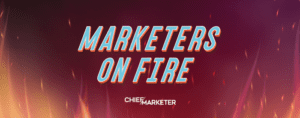

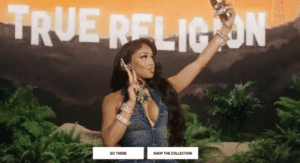
 Network
Network